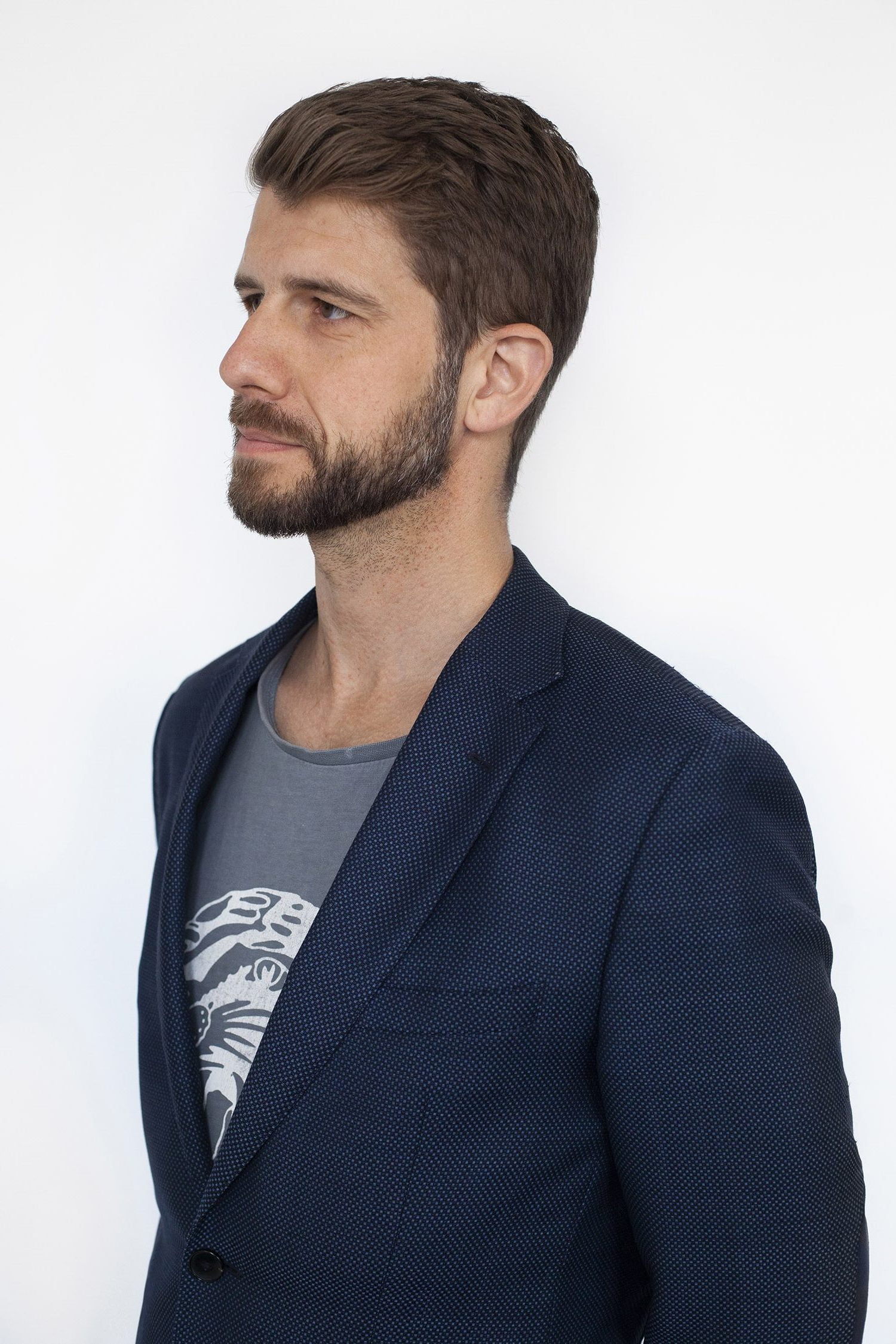The following 6 brainstorming tips can help you and your colleagues find your golden ideas and ensure a trauma-free process
1. — Look for raw material
Stop looking for golden ideas – and start looking for clues instead. Unqualified thoughts, impulsive words, and doubtful sketches can be further developed, combined, and refined AFTER brainstorming. It’s often in theaftermath that we find shiny gold. So, what is the purpose of brainstorming? Let’s call it RAW MATERIAL.
You don’t go into a gold mine and unearth a perfectly fine wedding ring (unless you are super lucky…. and planning to get married soon) You seek, find, and extract the raw metal – and bring it back to your factory to fashion it. To refine it. To shape it. In my mind, brainstorming is a lot like gold mining.
2. — Embrace wasting your time
Set realistic expectations. When you invite the participants, let them in on the ‘raw material’ mission. It can take the pressure off both you and them – and in fact, boost the ability to think freely. Now, of course, it happens that the ‘one and only’ idea appears during the brainstorm. But often, it’s not the case, and THAT essentially conflicts with the ethos of modern work culture: you cannot waste time! Utilize this conflict from a positive perspective to break the ice when starting the actual brainstorming session. And do let people know that it is to be expected in creating a “I wonder where this is going…” feeling when leaving the session. A brainstorm should add new perspectives to everyday business, despite the outcome. This leads to the next point… the facilitator.
3. — You don’t have to be the one
A general perception is that a brainstorm consists of an initiator/host and participants. Then, if you are the host, you are also the facilitator (add that to the stress list). This is a common mistake. The facilitator can be anyone – and you should consider who it will be prior to the session.
A facilitator’s role is to orchestrate the session and guide people in and out of exercises, to get the most possible input onto the board. Added to this, the facilitator combines, translates, and co-develops all the input in the context of the problem statement. If no one in your team feels comfortable taking this role – consider inviting a professional facilitator.
4. — Keep the slides to yourself, please.
A thorough brief and background information are always key – at least to the core team making the problem statement. But when it comes to brainstorm sessions, think the other way around. Too much information not only takes up head space for the participants – but it also has the unfortunate effect of making participants automatically qualify or disqualify their input – because it conflicts with some part of the bigger context. In the worst case, information overload can reduce the number of ideas.
